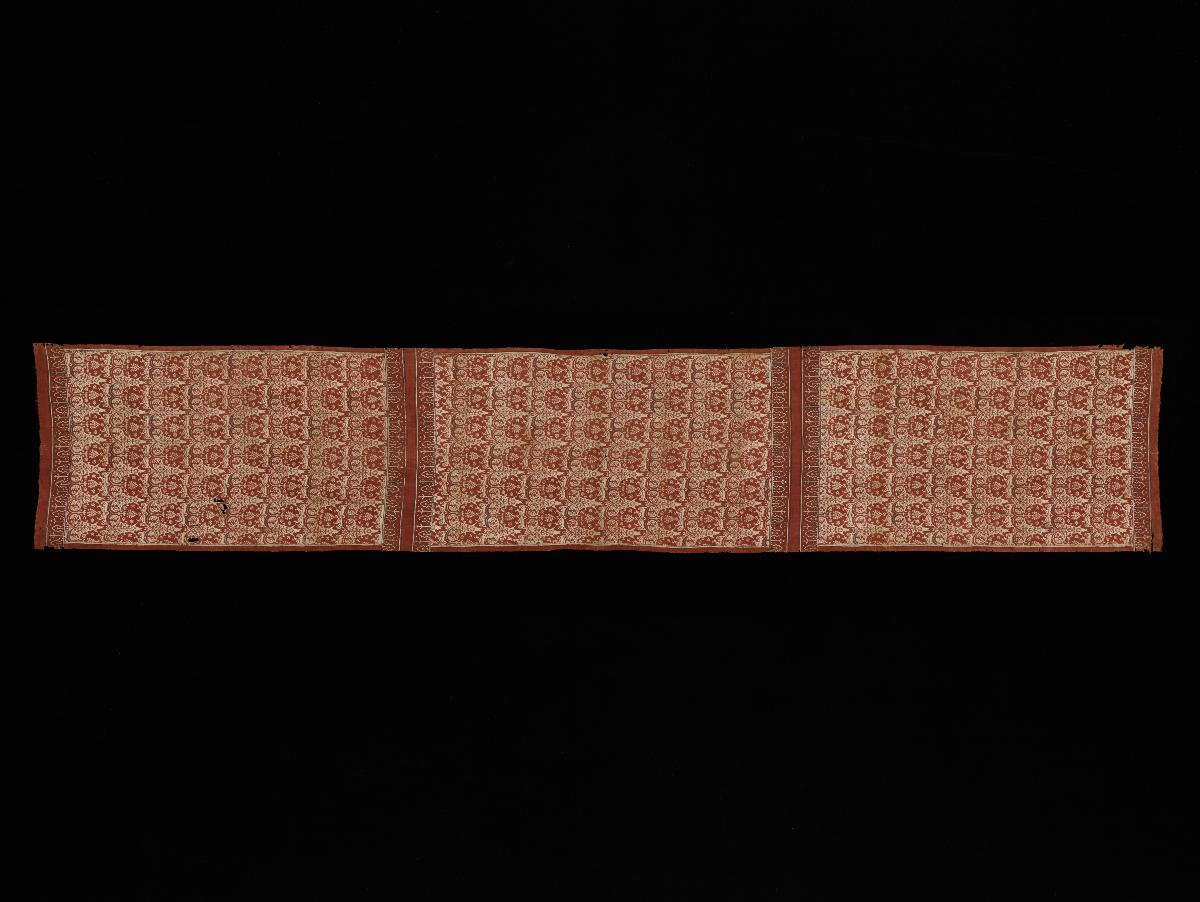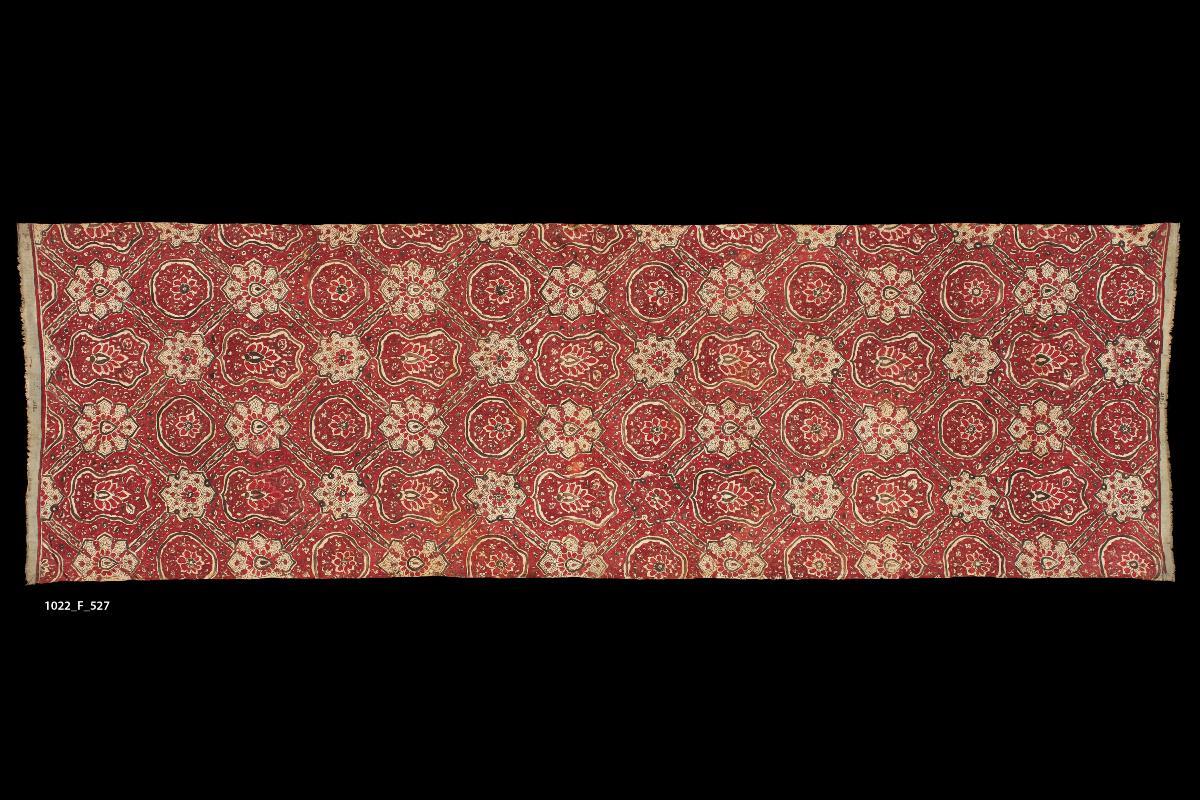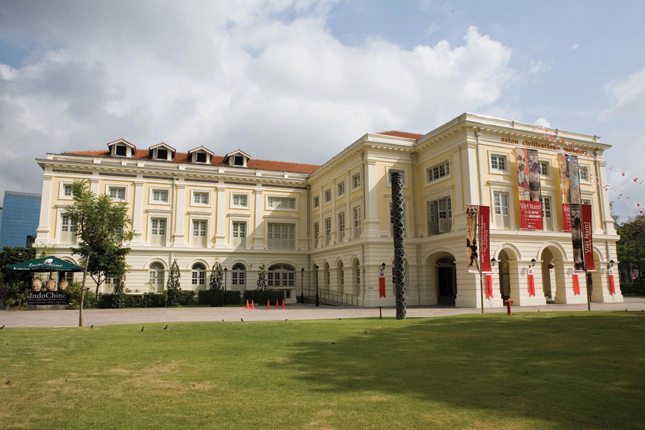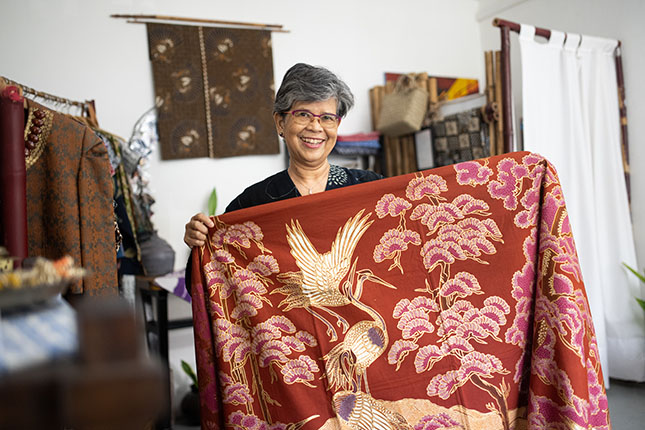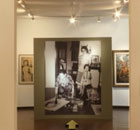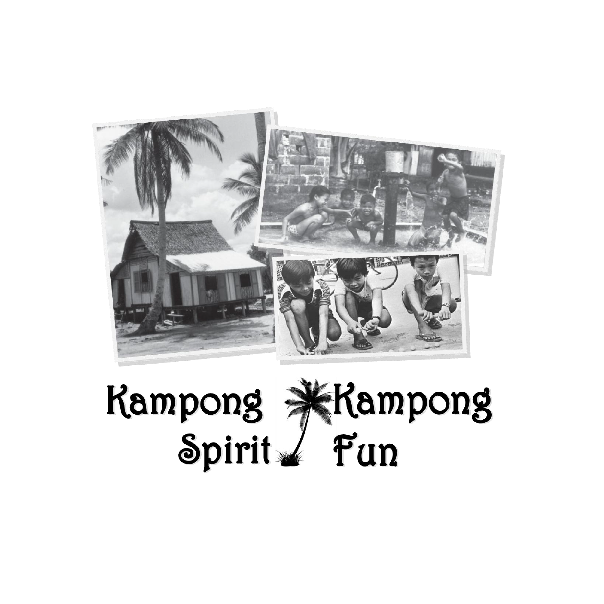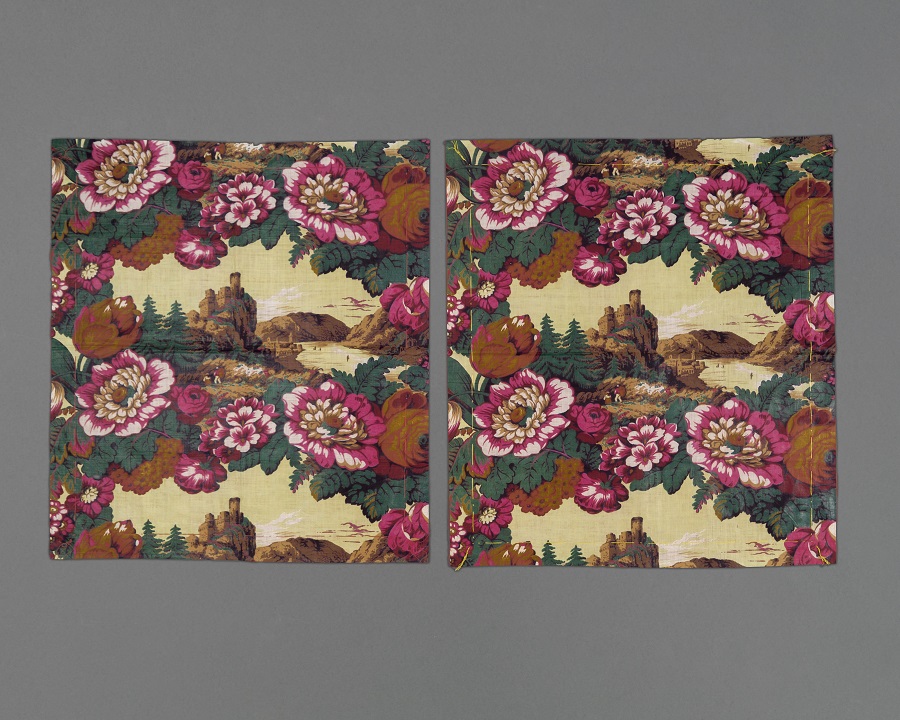Ritual Hanging, Coromandel Coast, India, early 18th century, cotton; painted mordant and resist dye.
The former Hollander Collection of Indian Trade Cloth, Collection of Asian Civilisations Museum.

Large quantities of Indian textiles produced in various centres in Gujarat, the Deccan and Coromandel Coast were traded across Southeast Asia until the end of the 19th century. They represented strong maritime trade links between India and Southeast Asia, and in this instance, between the port cities of the Coromandel Coast (the coastline of today's Tamil Nadu and Andhra Pradesh states) and Southeast Asia. Alongside these textiles and other goods came people to the port cities of Southeast Asia, including Singapore. The majority of Singapore’s historic Indian community came from coastal regions in India and Ceylon (today's Sri Lanka).
Among their functions, Indian trade cloth served as attire for royalty, diplomatic gifts, displays on festive occasions, and clothing for the populace at rites of passage and other ceremonies. These trade cloths had a strong influence on the development of Southeast Asian textiles. It is believed that local makers began producing cloth, possibly borrowing patterns and motifs from earlier Indian examples, to make up for the shortage of the Indian ones that began to decline in numbers as European nations began producing their own textiles in the 19th century, taking over the global market.
This hanging or canopy is dyed using the mordant and resist dyeing technique on cotton cloth. It features a central motif of a large lotus-like pattern with ribbon, leaves and floral designs. Mordant-dyeing describes a process of using a mordant as a fixing agent to bond the dye to the cloth. Resist-dyeing uses either molten wax or moist mud as resists to prevent the dye from colouring those areas. These two techniques may be used separately or in combination during the dyeing process.
This is an extract from "The Singapore Story through 60 objects" written by Kennie Ting, Director, Asian Civilisations Museum and Peranakan Museum & Group Director of Museums, National Heritage Board. This article was first published in Cultural Connections Volume IV 2019 by Culture Academy Singapore.





